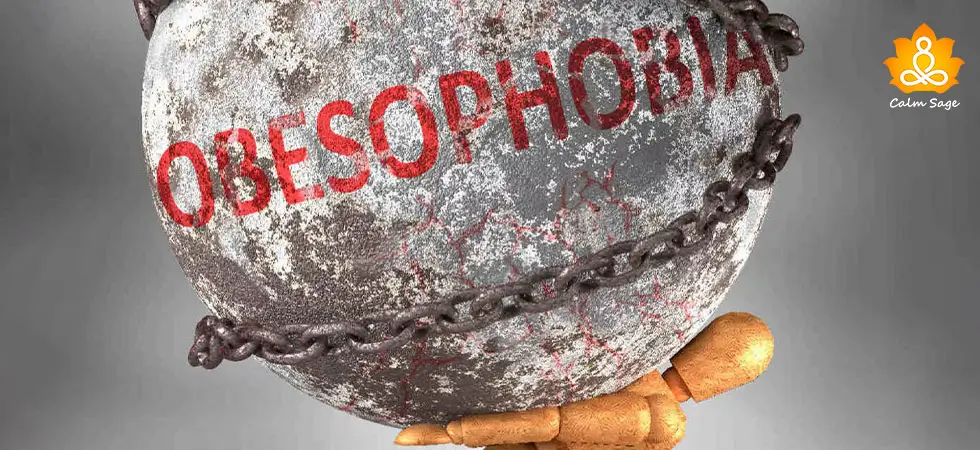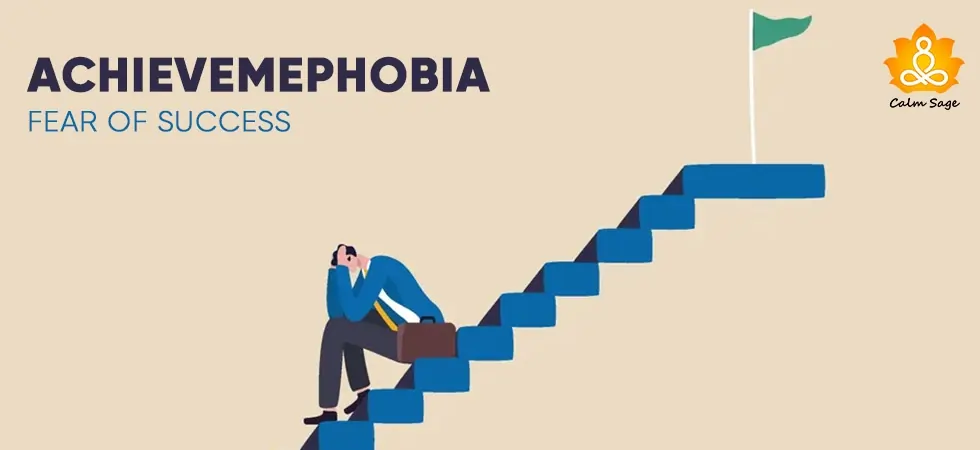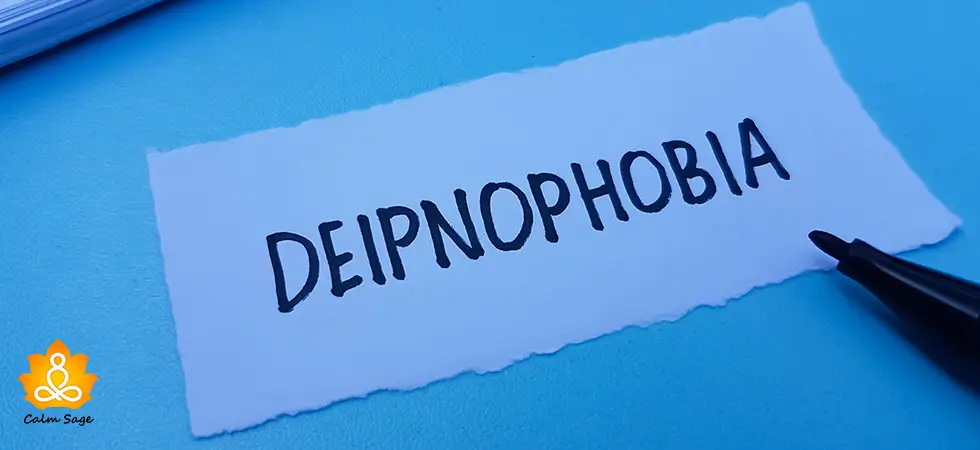Cleithrophobia: The Fear of Being Trapped
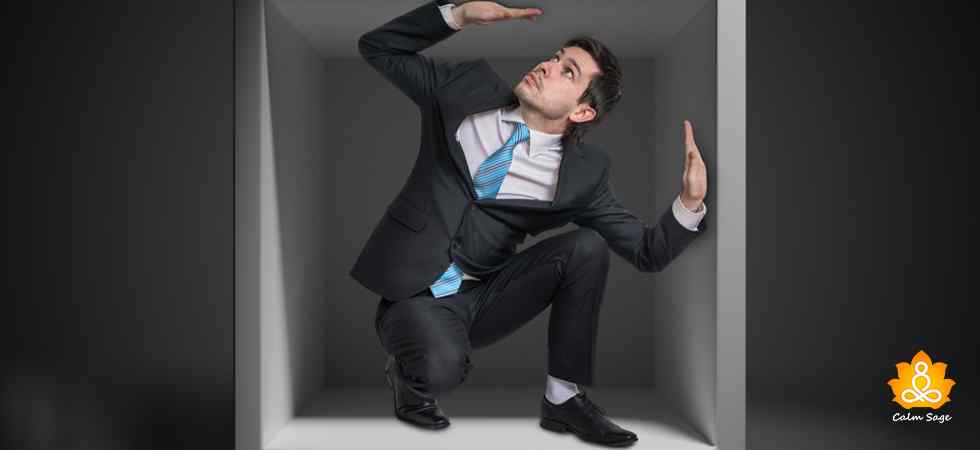
Fear is a common experience, however, having a phobia can be an irrational response to the fear that can often come with feelings of anxiety, panic, and dread. While most people with phobias know that their fear is irrational, it doesn’t make their experience any less frightening.
One of the unknown phobias, that is largely ignored, is cleithrophobia, or the fear of being trapped. This fear of being trapped can be experienced by a small number of people but it can still greatly affect their daily lives.
In this blog, let’s take a look at what is cleithrophobia, its triggers, symptoms, and how to cope with the phobia of being trapped.
What Is Cleithrophobia?
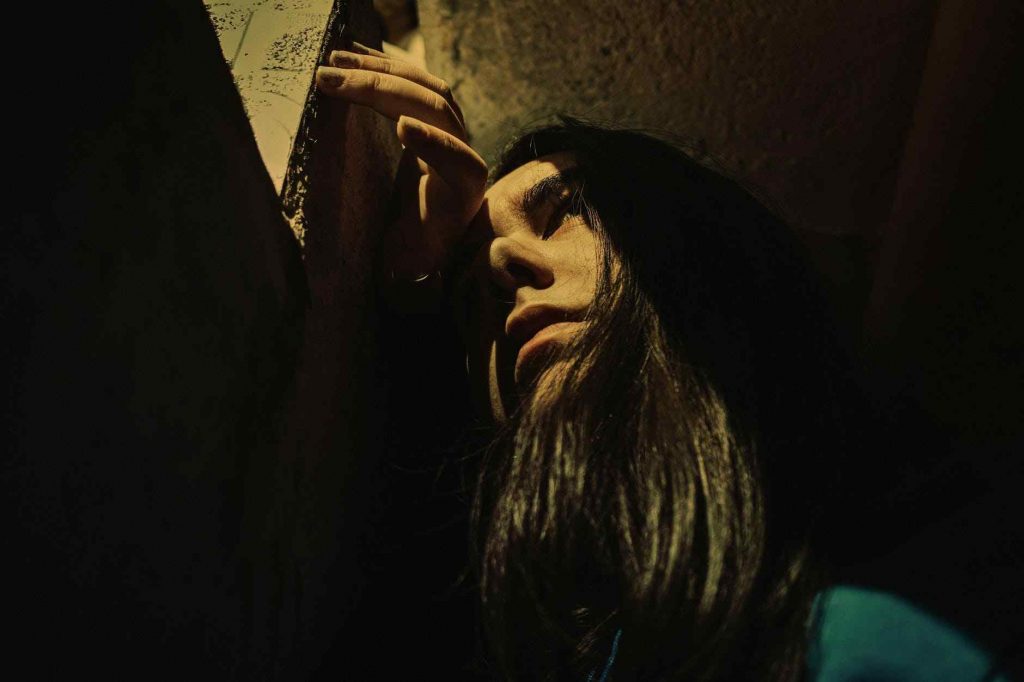
The word “Cleithro” in Greek translates to shut or close. Someone with cleithrophobia struggle with extreme anxiety and feelings of dread when they fear being stuck or locked in a room, balcony, or even underneath the snow.
The experiences of someone with the fear of being trapped can leave them feeling helpless and embarrassed. However, with the right treatment and coping techniques, cleithrophobia can be easily managed.
Unfortunately, cleithrophobia or the phobia of being trapped or stuck can often be confused with claustrophobia, the fear of small spaces.
Cleithrophobia vs. Claustrophobia
Claustrophobia is the fear of being in enclosed spaces. People with claustrophobia may experience extreme panic and anxiety at the thought of entering an MRI chamber or similar enclosed spaces.
Cleithrophobia, on the other hand, can be triggered by getting stuck, trapped, or locked in a small space. If you’re struggling with cleithrophobia, you may be comfortable being in an enclosed space when you know you have a way out. This phobia’s focus is on being trapped, unable to leave.
While the difference between these two phobias is small and subtle, it’s no less important. Both phobias can cause anxiety and panic attacks before you even experience the triggers.
Cleithrophobia, the fear of being trapped is often confused (and interchanged) with claustrophobia as the former may develop if you see a small risk of being trapped. Similarly, the fear of small spaces can also be interchangeably referred to as cleithrophobia as someone may feel trapped even if they can leave the space.
If you fear being stuck or you fear small spaces, it is recommended that you speak to a trained professional for the correct diagnosis.
Triggers & Symptoms Of Cleithrophobia

To put it simply, cleithrophobia can be triggered when you don’t see an escape or an exit point out of a room. For example:
- Being on an amusement park ride with a tight harness
- Being locked in a room
- Being in an MRI chamber
The symptoms of cleithrophobia, however, can be similar to other specific fears and phobias. If you experience the fear of being trapped, then you may experience symptoms such as:
- Panic attacks
- Anxiety attacks
- Crying
- Yelling
- Physically fighting
- Freezing, or
- Fleeing
If you can’t leave, then you may experience sensations such as:
- Heavy sweating
- Increased pulse rate
- Nausea
- Not being able to think clearly
Coping With The Fear Of Being Trapped
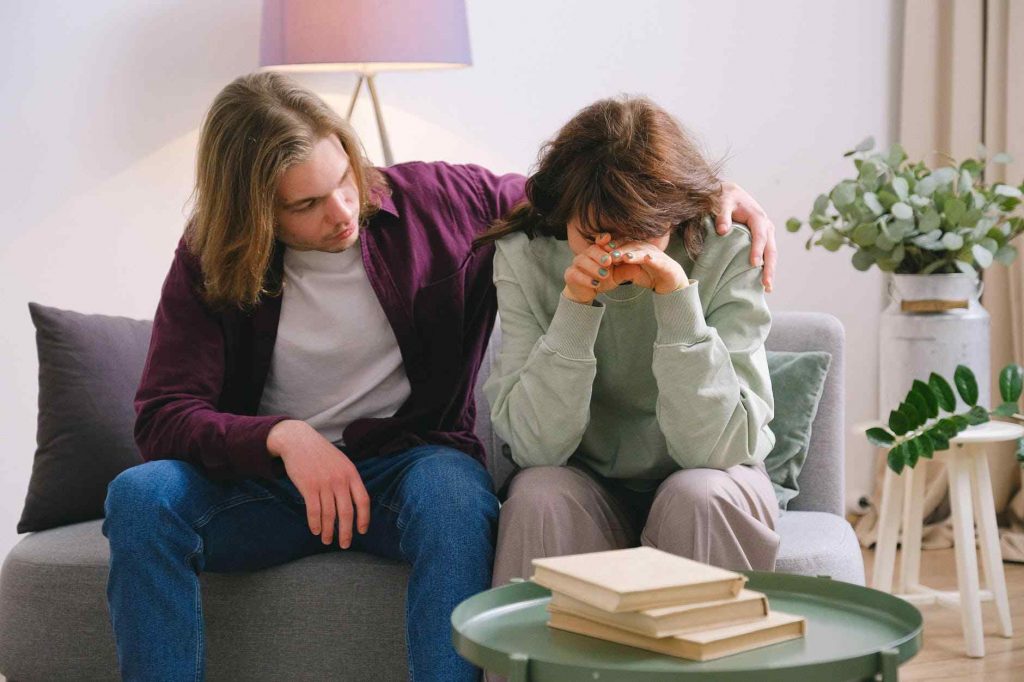
If your symptoms are severe then it is recommended you speak to a professional therapist for the exact diagnosis and the right treatment. With the help of systematic desensitization and cognitive-behavioral therapy, you may learn how to cope with the fear of being trapped. However, the therapies should be done under professional supervision only.
If your symptoms are mild, then you may find self-help strategies effective. You can try:
- Creating an escape route beforehand
- Keeping the door of the room slightly open
- Removing locks from the doors in your home (in rooms where you may fear being stuck)
However, these practices are only temporary and are hardly practical in public spaces. When in a public space, you feel anxiety, you can try to practice conscious breathing exercises, visualization practices, or share your feelings with your friends, family, or support system to calm yourself down.
In such situations where your fear of being trapped can leave you feeling dread and anxious, you can try the Stop! Technique as well. This technique is a type of CBT exercise that can help your racing thoughts and over-worrying calm. When your fear rises, you can yell “STOP”. Try yelling it out loud in the beginning but slowly you can switch to whisper and eventually do so silently.
However, these practices are only temporary and are hardly practical in public spaces. When in a public space, you feel anxiety, you can try to practice conscious breathing exercises, visualization practices, or share your feelings with your friends, family, or support system to calm yourself down.
In such situations where your fear of being trapped can leave you feeling dread and anxious, you can try the Stop! Technique as well. This technique is a type of CBT exercise that can help your racing thoughts and over-worrying calm. When your fear rises, you can yell “STOP”. Try yelling it out loud in the beginning but slowly you can switch to whisper and eventually do so silently.
Eventually, minimizing your stress response is the best way to respond to phobia. Regularly practicing meditation, mindfulness, and other stress management techniques can help you cope with your phobia. Decreasing the effects of your stress response can help lower your anxiety and panic.
Another thing to help you cope with your phobia can be to consider your past trauma and get help for that. If your fear is connected to a past traumatic experience, then addressing the event can also help you overcome or cope with your phobia.
Final Thoughts
If your cleithrophobia or the fear of being trapped is affecting your job, relationships, academic performance, or social life, then it is recommended that you seek professional help. And while cleithrophobia can be uncomfortable to deal with, it can be treated with psychotherapy, medications, and self-help.
With the right support and treatment, you can easily cope and manage your fear and even enjoy your day-to-day life without any fear or feeling anxiety.
For more, you can connect with professionals or you can write to us at info@calmsage.com. You can also drop us a message on our social media or write to us in the comment box below!
Take care and stay safe!






